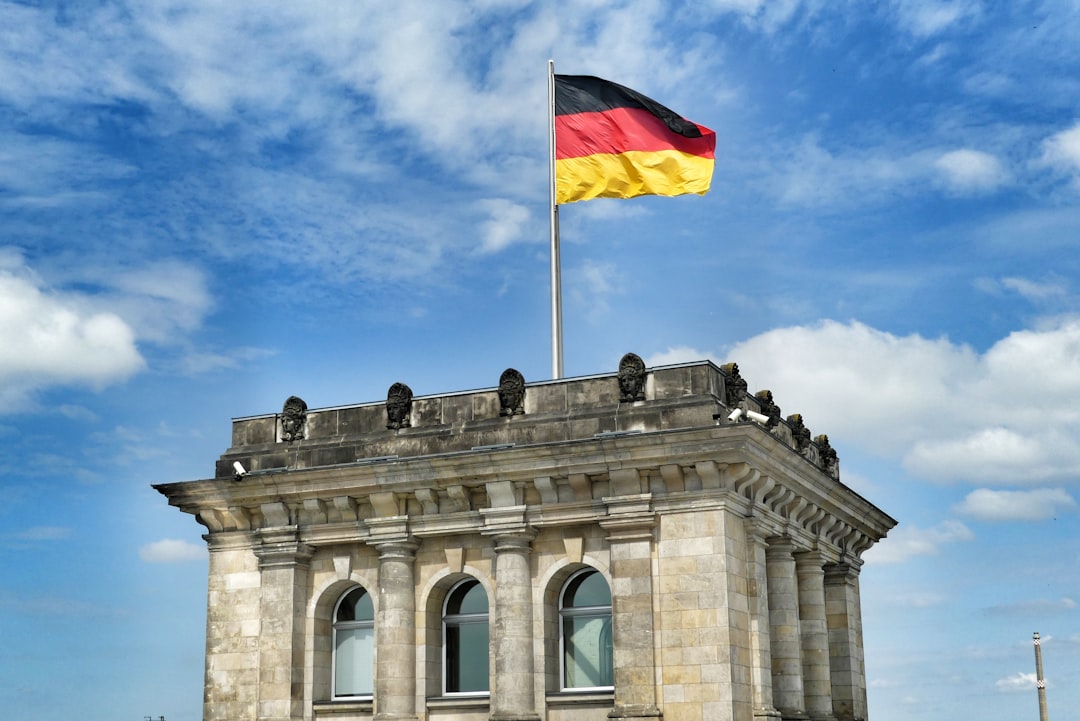Germany: A Comprehensive Overview
Introduction
Germany, officially known as the Federal Republic of Germany (Bundesrepublik Deutschland), is a country located in Central Europe. Renowned for its rich cultural heritage, economic strength, and pivotal role in both European and global affairs, Germany stands as one of the most influential countries in the world today. From its impressive landscapes to its technological innovations, Germany’s impact is felt far beyond its borders.
Geography
Germany is bordered by nine countries: Denmark to the north, Poland and the Czech Republic to the east, Austria and Switzerland to the south, France, Luxembourg, Belgium, and the Netherlands to the west. Its diverse landscape ranges from the North Sea and Baltic coasts to the forested uplands and the Bavarian Alps in the south.
| Item | Data |
|---|---|
| Area | 357,582 km² (137,847 sq mi) |
| Capital | Berlin |
| Major Cities | Berlin, Hamburg, Munich, Cologne, Frankfurt |
| Highest Peak | Zugspitze (2,962 m / 9,718 ft) |
| Longest River | Rhine (865 km in Germany) |
| Climate | Temperate seasonal climate |
History
Ancient to Medieval Times
The lands of modern Germany were inhabited by several Germanic tribes. The Holy Roman Empire, founded in the early Middle Ages, dominated much of Central Europe for centuries.
The Rise of Modern Germany
After the Napoleonic Wars, the German Confederation was established in 1815. In 1871, Otto von Bismarck unified the German states into the German Empire.
20th Century
Germany went through two catastrophic World Wars. In the aftermath of World War II, the country was divided into East and West Germany (1949-1990). The Berlin Wall, which divided East and West Berlin, became a powerful symbol of the Cold War. Reunification occurred in 1990 after the fall of the Berlin Wall in 1989.
Government and Politics
Germany is a federal parliamentary republic.
| Feature | Description |
|---|---|
| Government Type | Federal Parliamentary Republic |
| Head of State | Federal President |
| Head of Government | Federal Chancellor |
| Parliament | Bundestag (Lower House), Bundesrat (Upper House) |
| Number of States (Länder) | 16 |
Some notable parties include the Christian Democratic Union (CDU), Social Democratic Party (SPD), Greens, Free Democratic Party (FDP), and Alternative for Germany (AfD).
Economy
Germany is the largest economy in Europe and the fourth-largest in the world (by nominal GDP). It is a global leader in engineering, automotive, chemical, and pharmaceutical industries.
| Statistic | Data |
|---|---|
| GDP (2023, nominal) | ~$4.5 trillion USD |
| GDP per capita | ~$54,000 USD |
| Currency | Euro (€) |
| Main Industries | Automotive, Machinery, Chemicals, Electronics, Pharmaceuticals, Agriculture |
Exports: Germany is the third-largest exporter worldwide. Its primary exports include cars, machinery, chemical products, and electrical equipment.
Culture
Language
The official language is German, with recognized minority languages including Sorbian, Frisian, and Danish.
Religion
Christianity is the largest religion, divided mainly into Protestant and Roman Catholic denominations. There are also significant Muslim, Jewish, and secular communities.
| Religion | Percentage (Estimate) |
|---|---|
| Christianity | ~54% |
| No religion | ~34% |
| Islam | ~5% |
| Other | ~7% |
Arts and Music
Germany has a rich tradition of music, philosophy, literature, and visual arts. It is the birthplace of composers such as Bach, Beethoven, and Brahms and philosophers like Kant, Nietzsche, and Marx.
Festivals
Notable festivals include Oktoberfest in Munich, the Berlin Film Festival, and the Christmas markets held in many cities.
Science and Technology
Germany has long been a global leader in science and engineering. It has produced more Nobel laureates than any other country except the USA and the UK, primarily in physics, chemistry, and medicine.
Key Achievements:
- The development of the printing press by Johannes Gutenberg (c. 1440)
- Innovations in automotive engineering (Karl Benz, Gottlieb Daimler)
- Major research in quantum physics (Max Planck, Albert Einstein)
Education
Education in Germany is highly regarded worldwide, especially for university studies in science and engineering.
| Level | Duration |
|---|---|
| Grundschule (Primary) | 4 years |
| Secondary (Hauptschule, Realschule, Gymnasium) | 5-9 years (varies) |
| Higher Education | Universities, Fachhochschulen (Applied Sciences), Dual system (vocational) |
Higher education is largely free in public institutions, attracting many international students.
Tourism
Germany is one of the world’s top tourist destinations, renowned for its castles, forests, cultural festivals, and vibrant cities.
Top Attractions
| Attraction | Location | Description |
|---|---|---|
| Brandenburg Gate | Berlin | Iconic neoclassical monument |
| Neuschwanstein Castle | Bavaria | Romantic 19th-century hilltop castle |
| Cologne Cathedral | Cologne | Gothic masterpiece, UNESCO World Heritage |
| Black Forest | Baden-Württemberg | Scenic mountainous region |
| Oktoberfest | Munich | World’s largest beer festival |
Demographics
Germany is the most populous country in the European Union.
| Statistic | Data |
|---|---|
| Population (2023) | ~84.4 million |
| Urbanization | ~77% |
| Major Cities | Berlin (3.7M), Hamburg (1.8M), Munich (1.5M), Cologne (1.1M) |
| Life Expectancy | 81 years |
Germany is also a leading destination for immigrants, especially from within the EU and Turkey, Syria, and other countries.
Conclusion
Germany stands as a powerhouse of industry, culture, and international influence. From its medieval castles to its cutting-edge research centers, the country successfully blends tradition with innovation. Whether it’s exploring scenic landscapes, discovering world-class museums, or engaging in business and education, Germany offers a multitude of opportunities that make it one of the most fascinating and significant countries in the world.
References available upon request.
